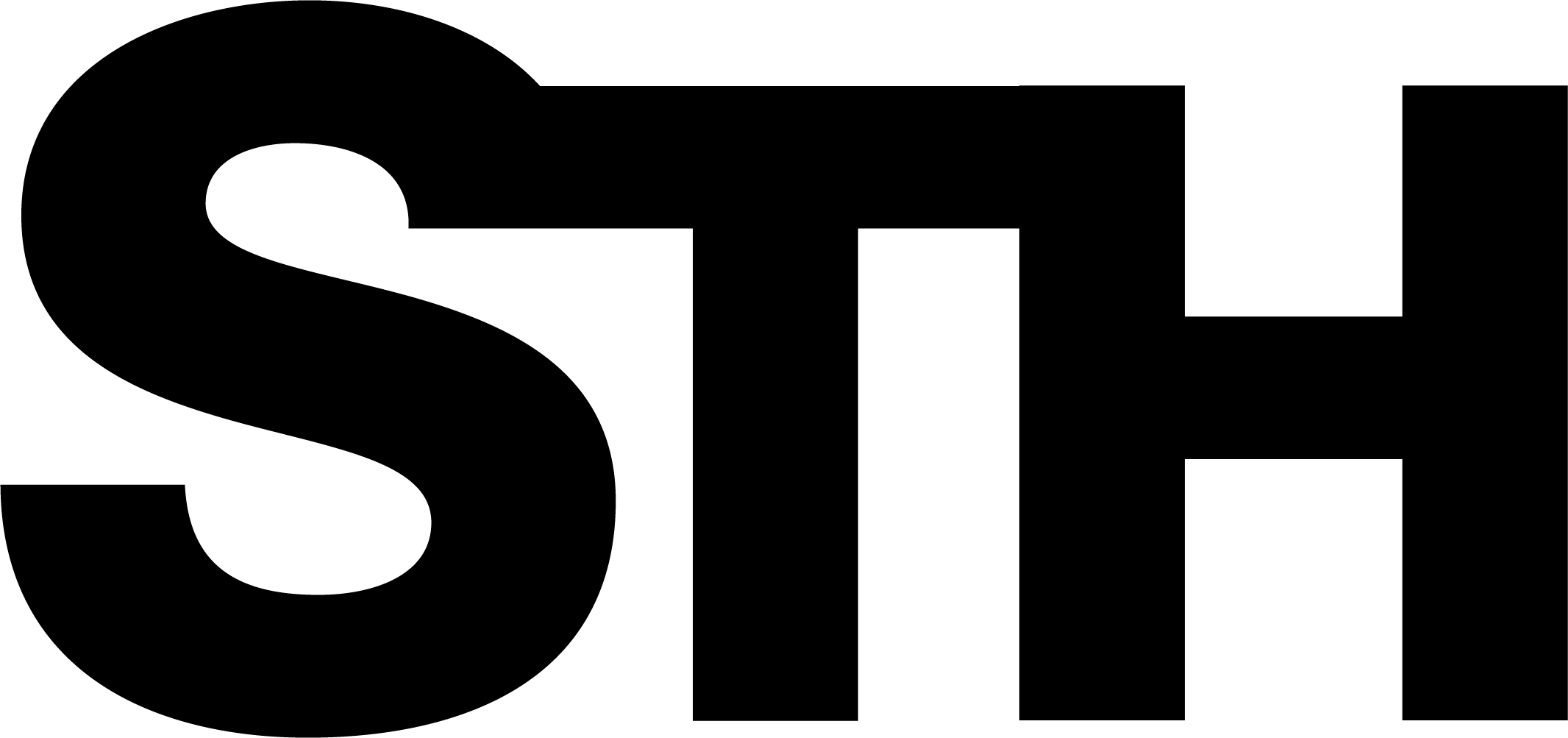Idea canvas
Filling order of idea canvas
1 Problem
If a problem is not properly understood from the start, it can lead to the whole project failing. To avoid investing a lot of time, effort and financial resources in building the wrong product, it is absolutely vital to understand the problem first. Clearly define the problems in this area.
To consider: How does the problem relate to social, environmental and/or economic sustainability?
1B Existing alternatives
There might already be a solution for the problem you are tackling. It’s good to benchmark against other solutions, and see what can be done better.
To consider: Are there alternative solutions that are looking at this problem from a lifecycle sustainability or circular economy perspective?
2 Customer segments
Who are the most important customers we are creating value for. List your target users for this solution: there can be many different users who are equally important, or just one group of users.
To consider: Are there target users that are especially interested in the sustainability value? Are there stake-holder groups that have a significant positive or negative influence on sustainability?
2B Early adopters
List the characteristics of your ideal customer/user with whom you can test your solution.
3 Unique value proposition
The job of a UVP is to capture a customer’s attention. Keep this to one sentence. It’s not a list of features but something that gives value to the user’s “jobs to be done”. You can start with “I believe that this solution would …”
To consider: How could the value proposition be enhanced by considering a lifecycle or circular economy approach?
4 Solution
Once the problem has been studied and stated, it’s time to find the best possible solution. You should really crystalize the solution for the 1-3 key problems you have stated.
To consider: Will the solution create environmental or social value? Will the solution have any negative/positive environmental, social or economic impacts or externalities? Are there possible rebound effects? Is the solution aligned with the purpose of ‘enabling sustainable societies’? Will the solution consider a lifecycle or circular economy approach? Is this solution future-proof with regards to legislation and regulations?
5 Partners
Who are the key partners and suppliers and their activities and capabilities. The partners we need to create this solution and their competencies.
To consider: Do the partners and suppliers share the same sustainability values and commitments?
6 Where is the money
Revenue
Describe how the money would come back. This category is for thinking about how to get money back. It can be income, savings or maybe avoiding future costs by minimizing risk. You should think about the current costs of the problem – does your solution make the situation somehow better? The goal is to see if you have an actual business case. Not all revenue is monetary, it can also be e.g. about saving time or avoiding injuries.
To consider: Would customers be willing to pay a premium for a sustainable solution? Are there environmental or social risks and/or costs that the solution is minimising now or in the future? Will this enhance brand value?
Cost
List the investments needed to implement and maintain the solution. This category lists all the costs of developing this solution and maintaining it in the future. You probably need people to make the solution happen, and there can also be partner costs or tool and data costs, and so on. Everything depends on your solution.
To consider: What types of environmental or social costs could this have? Will there be future costs due to changes in legislation (e.g. carbon tax)?
7 Competitive advantage
Define what you see in this co-creation as a benefit. A competitive advantage is something that can’t be easily copied or bought. The competitive advantage will serve as a kind of protection for your company against imitators once your solution becomes a success.
To consider: What competitive advantage does this give the customer in their market? Will the customer’s brand value increase towards their stakeholders?
8 Roadmap / Next steps
List high level timeline and concrete next steps where to start. Define the time schedule; what kind of time frame is foreseen.


 Co-create
Co-create  Discover the idea
Discover the idea  Concept development
Concept development  Validate & Test
Validate & Test